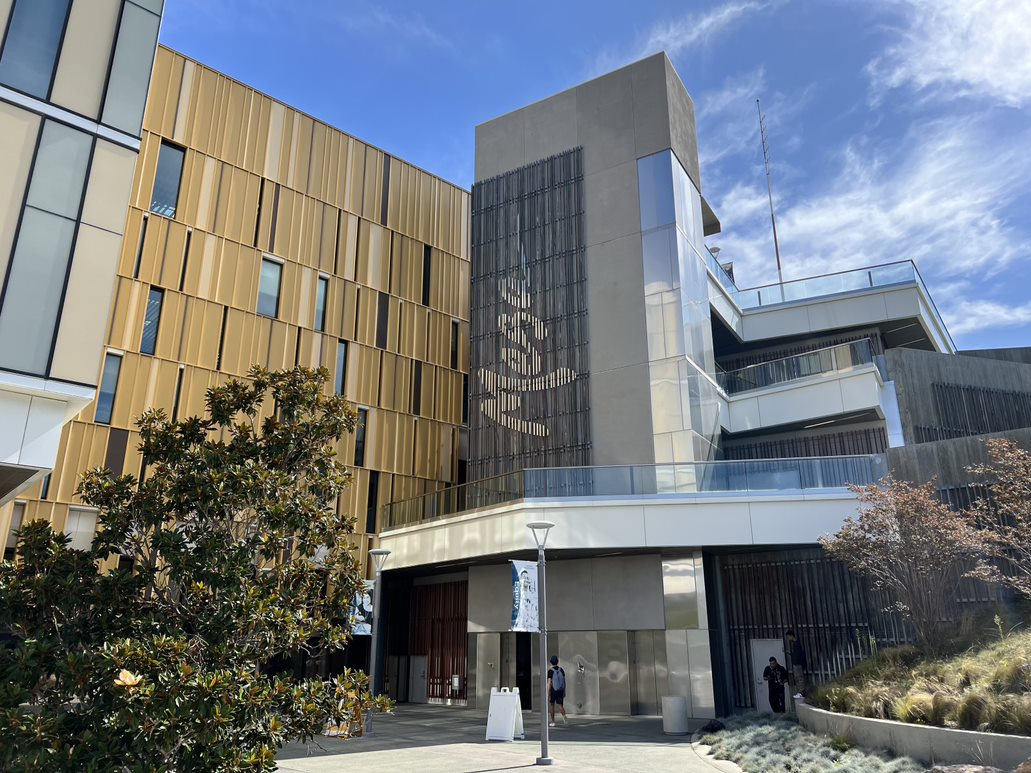The California State University system plans to increase tuition by 6% every year for the next 5 years to help combat the deficit that has been creeping up in their budgets.
The unspoken requirements for high-paying work that can land someone in the middle class have long included higher education.. High school students fresh out of their cap and gown are taking steps towards adulthood and careers, which have them making plans for college. Some will take the community college route, while others will go directly to a university.
College tuition is relevant to just about everyone, whether they be employers, graduates, current students, or the parents of future students, so the ramifications of this decision will be felt across all lines of age and class. Many families start saving for their children as soon as they’re born, with some opting to put aside a portion of their income to enable their offspring to go to college.
From a young age, children are taught the importance of higher education and how to achieve it. Unfortunately, little is done to prepare them for paying off student loans or how students can budget for paying them off throughout the years. Time and time again, stories emerge of adults in their 40s and 50s still paying off student loans. In the same situation, a big question that has been brought to mind is,: will the big loan forgiveness and bailout be the cause of colleges raising tuition?
The issue of students having to work – sometimes multiple jobs at once – to pay for college is a significant concern. The cost of higher education, including tuition, textbooks, and living expenses, can create challenges for students and their ability to focus on their studies and meet deadlines. There are major key points to consider when balancing work and school responsibilities, which can be stressful and impact their overall mental health. Additionally, working long hours to cover college costs can leave students with less time and energy for their studies. This may result in lower academic performance and hinder their ability to fully engage with their coursework. Finally, debt burden: many students face financial strain as they try to cover their education expenses. Student loans are often necessary to bridge the fiscal gap, and accumulating student debt can have long-term consequences. Students may graduate with significant debt, which can affect their financial stability and life choices after graduation.
The reality is that the emphasis on college education for almost any career is heavy. Even most entry-level jobs require at least a bachelor’s degree, or a decent amount of experience in the field (which is usually near-impossible to attain without a bachelor’s degree.). Most students just out of high school won’t have this, and even in some instances, employers can prioritize education over experience.
To get the most up-to-date and accurate information about California State University’s tuition plans, visit their official website California State University or contact the university directly. Universities typically provide information about tuition changes and their reasons for those changes through official announcements and communications. Additionally, check with local news sources or official government websites for information on state funding for higher education, as changes in state funding can impact tuition decisions for public universities like CSU.

